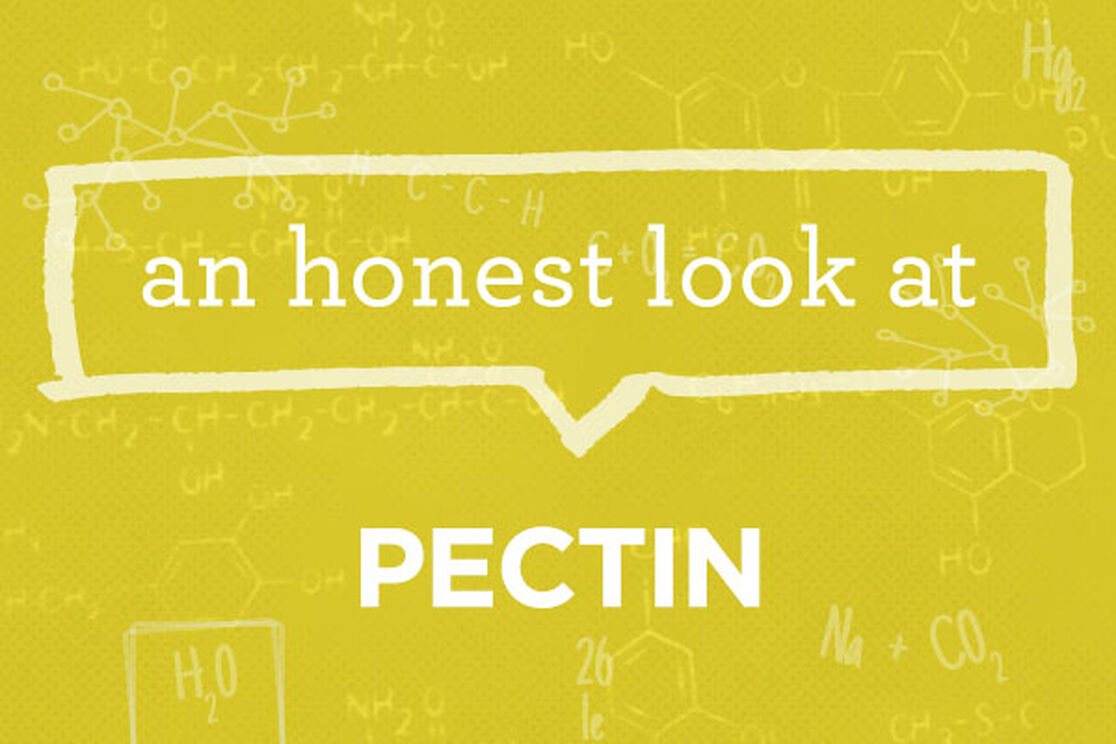This is part of our ongoing series helping consumers better understand chemicals, chemistry, and product formulations. We translate the science, bust the myths, and give you an honest assessment, so you can make informed choices for your family!
Ingredient:
Pectin
What it is:
Pectin is found both in and between primary cell walls of plants and helps give them their shape (1). It was first discovered in 1825 and today it’s produced commercially mainly from citrus fruit peels and apple pomace (what remains after juicing) because they both have higher levels of pectin than other sources (1,2). You can make it yourself simply by boiling apples (3)!
What it does:
Without pectin, jams and jellies would just be syrup (1). Beyond that, this natural gelling agent and stabilizer is used widely in foods, medicines, sweets, cosmetics, and more (4,5).
Why we use it:
We use pectin in our gummy supplements to give them their gummy texture. We chose it as a vegetarian alternative to gelatin (which is extracted from animal connective tissue and bones).
References:
- Pectin. (n.d.). Retrieved January 20, 2016, from http://www.rsc.org/chemistryworld/podcast/CIIEcompounds/transcripts/pectin.asp
- Rolin, C. (2002). 8 Commercial pectin preparations. Pectins and their manipulation, 15, 222.
- Oregon State University Extension Service. (2006). Homemade Liquid Pectin. Retrieved January 20, 2016, from http://extension.oregonstate.edu/lane/sites/default/files/images/sp50778.pdf
- Thakur, B. R., Singh, R. K., Handa, A. K., & Rao, M. A. (1997). Chemistry and uses of pectin—a review. Critical Reviews in Food Science & Nutrition,37(1), 47-73.
- Taylor, S. (2012). The chemistry and technology of pectin. R. H. Walter (Ed.). Academic Press.
Have questions? Let us know in the comments section below!
We aim to provide you with the most honest and credible information possible. This article was reviewed for accuracy by The Honest Team and was written based on sources that are linked at the bottom of the article.
blog_review_statement



